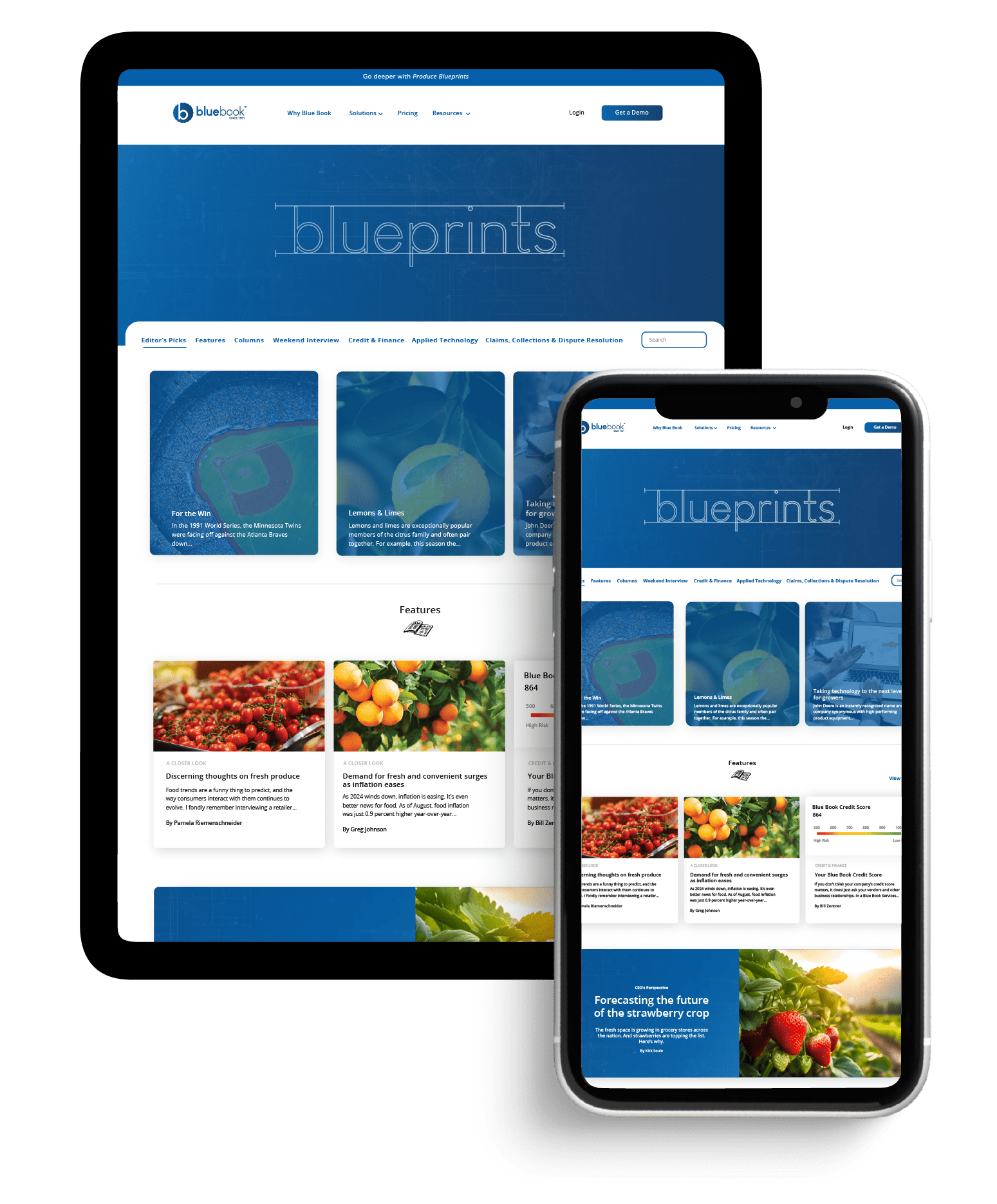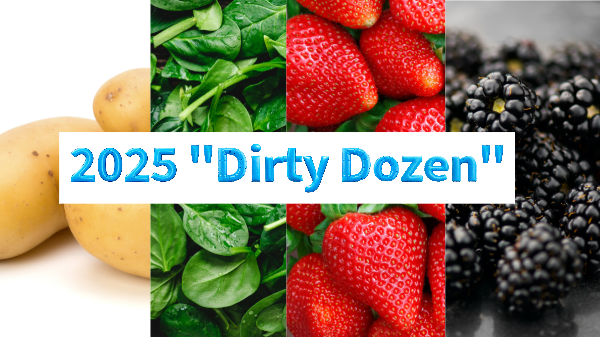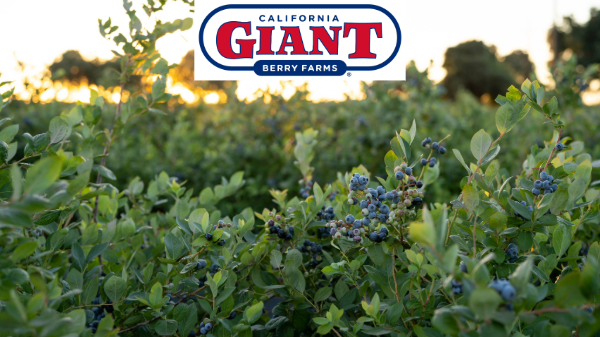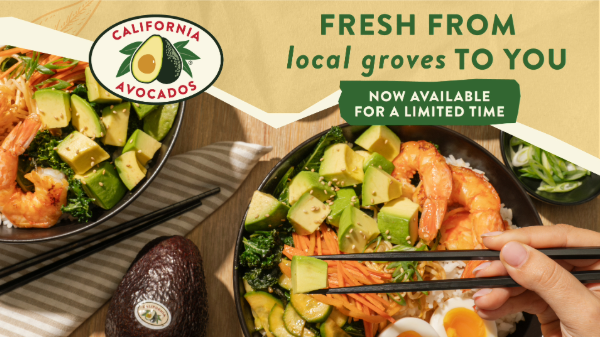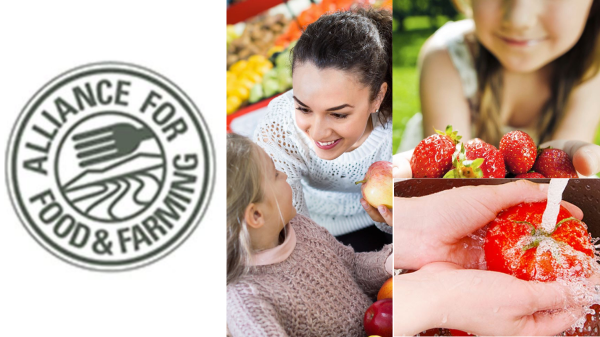When it comes to weather—wondrous or wicked—it can drastically affect apple size, yields, and everything in between. And when you consider the entirety of the United States, there are substantial variances from one coast to the other.
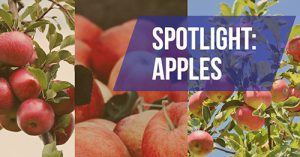
In the Northeast, Cynthia Haskins, president and CEO of the New York Apple Commission, considered conditions quite favorable earlier in the year.
“The spring season started out with cool temperatures,” she says, and “bloom occurred on schedule.”
Jim Allen is vice president of marketing and sales at New York Apple Sales Inc., headquartered in Glenmont, NY. The grower-shipper sells Gala, Honeycrisp, McIntosh, Fuji, and Red Delicious, along with newer varieties like Snap Dragon, Ruby Frost, KORU, Smitten, and EverCrisp. Allen agreed with Haskins’ assessment, calling the early weather perfect for apples.
Of course, perfect can quickly veer off course. After a mild spring came climbing temperatures followed by torrential rains for Northeast growers.
In the West, there were good days and bad days, from beautiful weather to damaging rain to wildfires. Suffice it to say, no one can truly predict a season’s output, but most are hopeful this year will bring in a more than adequate, flavorful crop.
In the Midwest, it was smoother sailing: “We had a really good season weatherwise,” says Phil Schwallier of Schwallier’s Country Basket in Sparta, MI. “There was no frost in the spring, but rainfall was pretty short in July and August,” which translates into exceptional flavor.
“The apples should be very sweet,” he says.
Other factors in every crop is pests, disease, and climate change. Both pests and disease are influenced by weather, and climate change is credited with spurring higher incidences of pests.
As the head of Cornell University’s apple breeding program, Susan K. Brown, professor of agriculture and life sciences, and her team are working to create resistant varieties.
“We’re seeing increased input from invasives (insects) and from the weather,” she confirms. What may be more surprising is the movement of some threats. “We’re seeing more southern diseases in the North,” she says.
There is good news, however—though the process to develop new varieties that better withstand pests and disease is a lengthy one, it’s going much quicker than in the past: the Snap Dragon, which was developed by the Cornell program, took about 11 years to bring to market, compared to 30 years for the Honeycrisp. This is due in part to new knowledge about DNA.
“We now have the ability to use DNA markers to mark a trait rather than waiting for it to emerge,” says Brown.
This is an excerpt from the most recent Produce Blueprints quarterly journal. Click here to read the full article.


